Single Bottom Cylinders
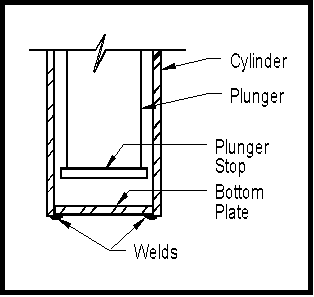
This could cause the elevator to descend at an unsafe speed due to uncontrolled loss of oil. This would pose a risk of serious bodily injury and/or environmental risk to the property. Recent code changes in Maine & Rhode Island require that these types of cylinders be replaced. The code in Massachusetts requires that single bottom jacks have a safety device added to the system, or the cylinder be replaced with a cylinder with a safety bulkhead. The State of New Hampshire issued a safety advisory notice in 2002 recommending replacement of all single bottom cylinders.
Double Bottom Flat
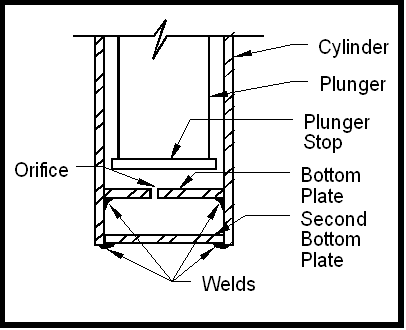
Prior to 1966 many of our installations had cylinders installed with a double-bottom flat plate plus a safety bulkhead plate. This cylinder design is currently compliant with the code as it minimizes the safety risk associated with a single bottom weld failure. However, most of these cylinders have been in the ground unprotected for over 40 years. Corrosion and cylinder leaks are still possible and we highly recommend replacement.
Double Bottom Dished Cylinders
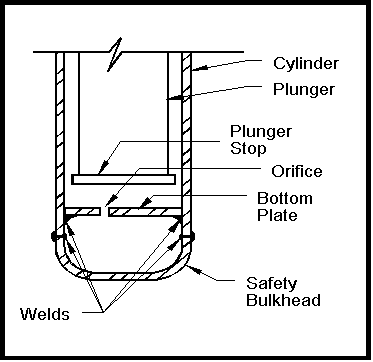
“If you rely on an elevator, you can rely on Stanley!”
Double Bottom with PVC Protection
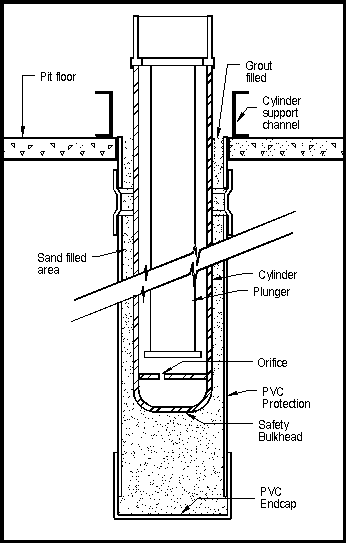
Since that time Stanley has recommended PVC protection for its new elevator installations. PVC protection surrounds the wall and bottom of the in-ground cylinder with a barrier from the earth and it’s elements and is constructed of durable, non-corrosive material.
“If you rely on an elevator, you can rely on Stanley!”
Double Bottom with HDPE Protection
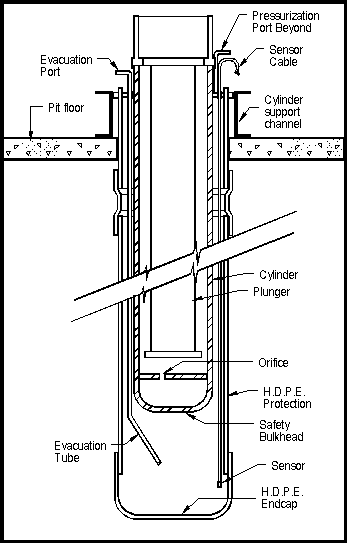
Sealed HDPE protection has significant benefits. It provides a means of monitoring the space between the cylinder wall and the HDPE. It is equipped with an evacuation port to remove unwanted water or other liquid from the space between the HDPE and the cylinder. This liquid might otherwise be in contact with the cylinder. Liquid that has seeped into this space and is touching the cylinder could promote corrosion. HDPE is generally used only on new installations and can be used on replacement projects where existing access parameters allow.
“If you rely on an elevator, you can rely on Stanley!”